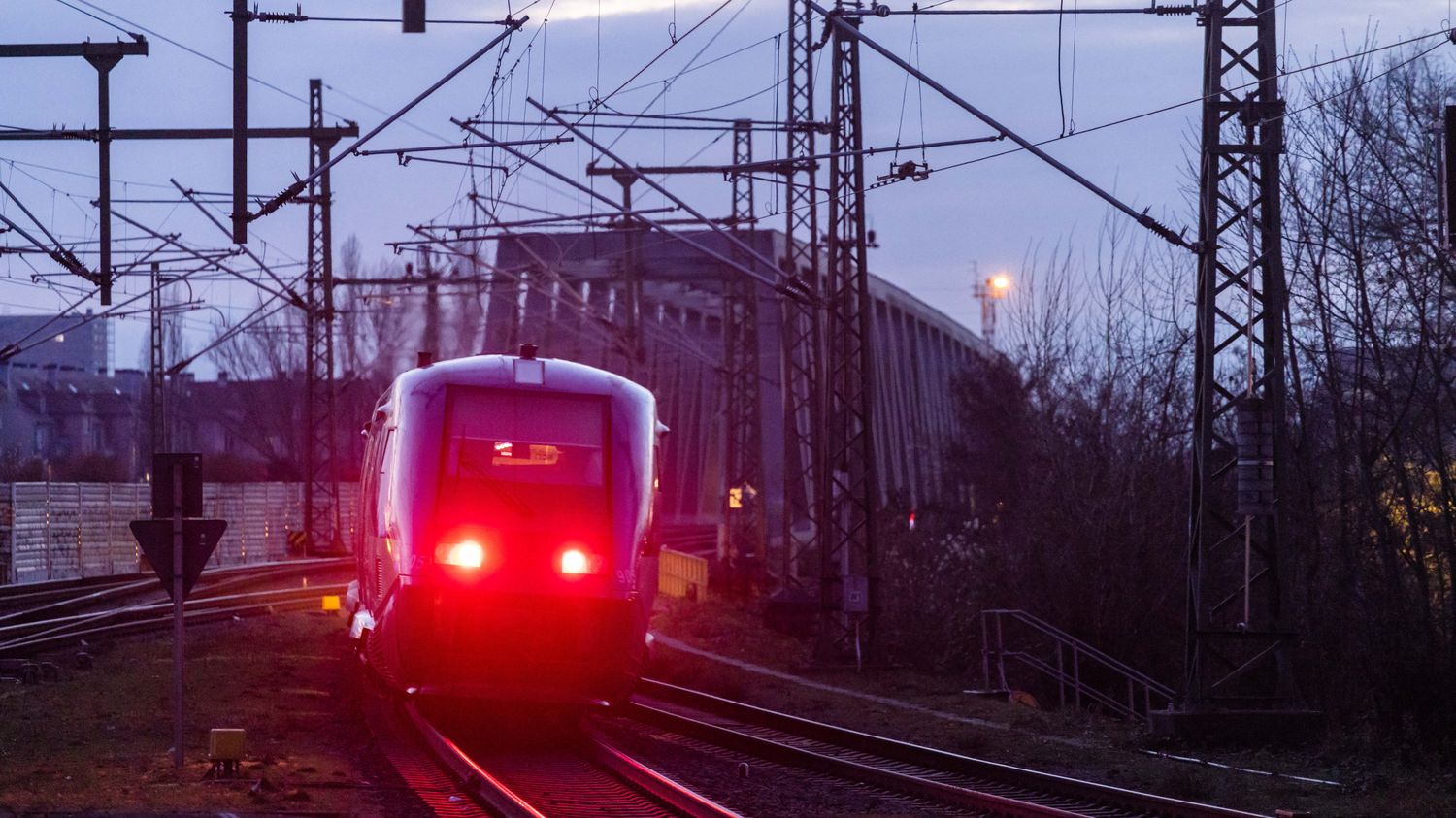The Minister of Transport, Clément Beaune, specified on Tuesday that 10 to 15 urban train projects are envisaged, for a total cost estimated at 10 billion euros. The share of financing entrusted to local authorities is debated.
The “metropolitan RER” project is coming to fruition. The State will contribute 700 million euros to the development of these rail networks, Emmanuel Macron announced on Monday September 25, following an Ecological Planning Council at the Élysée. “We have selected 13 projects. (…) We are committing today 700 million euros from the State to [les] to accompany”, he said. In reality, between 10 and 15 transport networks should benefit from this envelope, said the Minister of Transport, Clément Beaune, on Tuesday on France Inter. Already put on the table by the Head of State last November, the idea of ”metropolitan RER” is to take advantage of the railway stars surrounding large French cities to run more trains there. Franceinfo looks at the challenges and financing of these projects.
1What are the objectives of the “metropolitan RER”?
Relaunched in November by Emmanuel Macron, in a video on ecology posted on YouTube, the already long-standing “metropolitan RER” project is that of regional trains running every half hour, or even every quarter of an hour during peak hours. , to serve the surrounding areas of large cities. These RERs must both satisfy the mobility needs of the population and contribute to reducing greenhouse gas emissions. “This will also make it possible to launch projects for our rail industry and the jobs that go with it”also promised the head of state on Monday.
These projects take as a model the RER developed in the Paris region under the leadership of Charles de Gaulle, which expanded in the 1960s. Today, the RER A is the most used railway line in Europe, “with regular attendance peaks of more than 1.3 million travelers per day”according to Ile-de-France Mobilités.
2Which cities are affected?
The Head of State put forward the figure of 13 “metropolitan RERs”, more than the ten projects envisaged in November. In June, the National Assembly adopted at first reading a text broadening the missions of the Société du Grand Paris, renamed Société des Grands Projets, to put the promise of RER on track in at least ten large cities. This text legally organizes the deployment of “metropolitan regional express services” (SREM), the official name of “metropolitan RERs”.
On France Inter Tuesday morning, Clément Beaune clarified that “if the president spoke of 13 projects”, a range of 10 to 15 “metropolitan RER” is in reality envisaged. No official list has yet been communicated, but the Minister of Transport stressed that “projects [sont] very advanced in Toulouse, Lille, Lyon and Rennes”. The “metropolitan RER” label has, in fact, been attached to projects, some of which have already been planned and launched for a long time.
The Strasbourg metropolis launched the development of this expanded network last December. It promises 800 additional trains per week and “a high and continuous frequency throughout the day”. In France, according to the SNCF Réseau website, “around fifteen projects” that could correspond to the idea of ”metropolitan RER” are currently being developed, “at more or less advanced stages”. The railway company cites the example of the Léman Express, which “has been circulating since 2019 (…) between Annemasse (Haute-Savoie) and Geneva”on the French-Swiss border.
3What funding is planned?
“There will be a first phase of investments” with “between 700 and 800 million euros” of State “to help metropolises and regions launch projects”, detailed Clément Beaune. In June, Prime Minister Elisabeth Borne mentioned “a seed envelope of 800 million euros”. “Obviously, then, we will continue this support from the State”, assured Clément Beaune. To carry out between 10 and 15 projects, “we need around 10 billion euros”, he estimated. These vast works “will give rise to planning” and funding within the framework of “State-region plan contracts” which will be signed in October, Emmanuel Macron explained on Monday.
It must be said that the deployment of a “metropolitan RER” mobilizes substantial sums. In Strasbourg, for example, it has already cost 700 million euros, and will require 600 million additional investments over the next five years. The distribution of this cost between the State and local authorities is a concern that deputies raised during the debates in the Assembly in June: “The tax base of our regions is not the same as [celle de] France’s Island”, had thus underlined the socialist Gérard Leseul. He had proposed, without success, to force the government to submit a report “on the project financing model” and the distribution of efforts between the actors.
